People. Moves. Places.
This work has been commented by 1 curator(s). Read the comments
Title
People. Moves. Places.
Headline
a field report from Siglufjodur
Concept author(s)
Jolene Mok; Troels Primdahl
Concept author year(s) of birth
1984; 1984
Concept author(s) contribution
Both of us are responsible for coming up with the concept, production and post-production of this work.
Concept author(s) Country
Hong Kong
Other author(s)
Jessica Roper
Other author(s) year(s) of birth
1991
Other author(s) contribution
Production Assistant
Other author(s) Country
United Kingdom (Great Britain)
Friendly Competition
Radical intimacies: dialogue in our times (2014)
Competition category
Mobilization
Competition field
nonacademic
Competition subfield
artist
Subfield description
In the end of the 1960’s the herring vanished from the sea around the northern coast of Iceland. All of a sudden the golden era of fishery industry in Siglufjörður came to an end. Thousands of workers lost their jobs. Yet today, the unfortunate maritime history has shown to have an evident influence on the inhabitants of Siglufjörður. Strong indications of previously unknown competences have been emerging over the recent years. Distinctive capacities are pulsating right under the surface… This documentary validates the fact that a multitude of new capacities might have occurred as a consequence of the disappearance of the herring. The 12 field pre-recordings with people from Siglufjörður empirically reveal 1% of everyday life in the post-herring era.
Check out the Radical intimacies: dialogue in our times 2014 outlines of Memefest Friendly competition.
Description of idea
Describe your idea and concept of your work in relation to the festival outlines:
As a duo team consists of a video artist/filmmaker and a choreographer/theater director, we work towards to locate and unite the common voice between our vision and the subject matter that so attracts our attention.
We do not want to make any participant an object to be consumed by us for the making of our film. What we want is to collaborate and experiment together with them. We do our best to bond with each and every participating dancer by establishing mutual understanding on the rationale of the making of our film. To be specific, what we want to achieve is to create augmented experience for all participants, including ourselves.
What kind of communication approach do you use?
We strive to come up with a common language to communicate our findings with the audience through our film.
What are in your opinion concrete benefits to the society because of your communication?
The choice of whether or not to participate in any event – be it social, political or cultural in nature – is entirely autonomous decision for every person to make. We believe art offers people an option. Intended participant who chooses to take part in art event enlarges her/his chance to enjoy, encounter augmented experience if s/he treats Art as an opportunity.
What did you personally learn from creating your submitted work?
What we learned from the making of this work keeps us learning more about our art practice: When coining ‘Art as an opportunity’ problematic issues regarding artistic justice arise. When putting art in a social context, we wonder how do we ensure that there is a fair ground for all to access art as an opportunity? Are there organic ways to encourage participation? Would open-source authorship be an optimal approach for all art forms? Would artistic input be considered as an asset rather than just a tool when putting it in social context? From art advocates’ end, in what ways should ‘artistic insight’ be valued on a fair basis?
Why is your work, GOOD communication WORK?
As we really hope to learn about the specific socio-cultural characteristic of people who live in Siglufjörður, we asked them for letting us to visit their household/domestic/work spaces. By doing so we get the chance to examine, and to unfold how each of these personal spaces is being utilised as an un-staged ‘stage’ specifically.
Where and how do you intent do implement your work?
We are trying to send this work to international film festivals for generating public screenings.
Did your intervention had an effect on other Media. If yes, describe the effect? (Has other media reported on it- how? Were you able to change other media with your work- how?)
We have been sending this work to film festivals worldwide since early September. At this point, we're still waiting to hear back about selection results.
Curators Comments
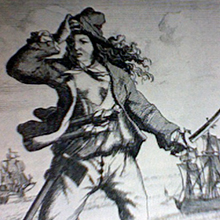
Alana Hunt
There are just so many things I love about this film. The composition. The rhythm. The intimacy. And the power of its simplicity.
I left your film feeling as though I understood something in these people, I don’t normally understand in many of the people I am surrounded by each day. It felt like I had been part of a something intimate and honest. It felt like the people in your film had opened up to me – but the fact is I am simply a viewer sitting at my desk lookiing into a computer screen and I have not actually communicated with those concerned at all. This obvious fact, surprised me.
The choreographed ‘moves’ added a mysterious, almost other-worldly mood to something very everyday. Yet the uniformity of these moves was countered by the strength of everyone’s individuality. This contributed further to the overall intimacy I felt while watching.
I am however left uncertain and curious about what exactly happened behind the scenes. Sometimes it is more powerful to leave this to the imagination; to provide hints, clues and allusions, but not to spell out every little detail. I think a flaw in much participatory practice is to expose every component of one’s process in poorly written texts and a seemingly endless display of bad digital photos. You obviously don’t work like this (thankfully). And perhaps it is a sign of my greediness for more of the stillness and intimacy I felt in your film – but I think there is room in your work to give just a little more…not in the film, but in a different creative medium that builds from the film’s process and/or it’s wider reception.
Your film achieved a kind of filmic dialogue, in which I felt something quite intimate with those involved – despite never having a word uttered nor being in their physical proximity. That is almost, magic.

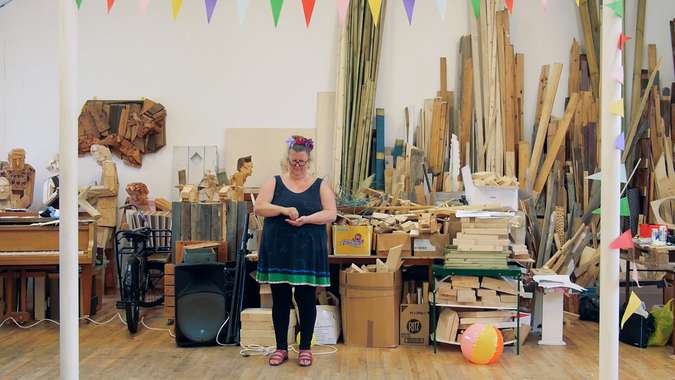
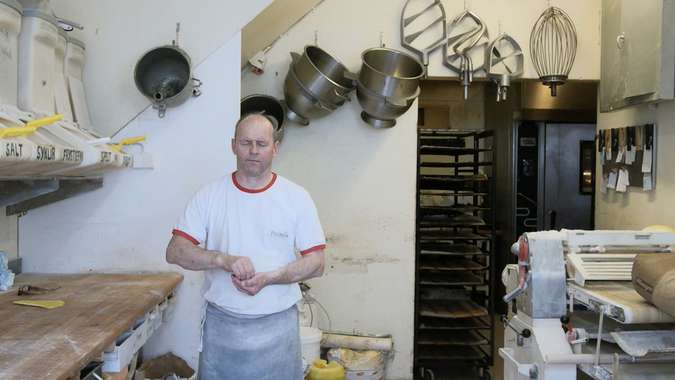
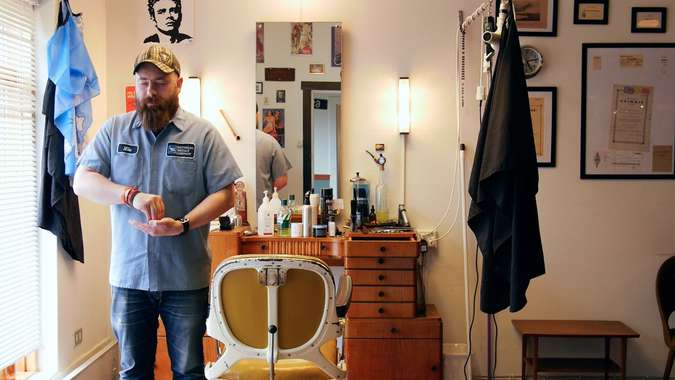
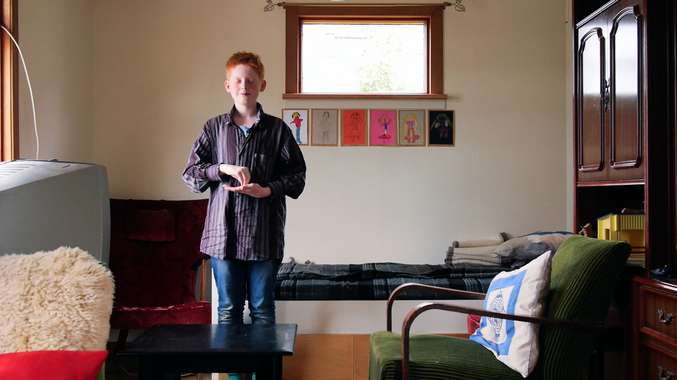
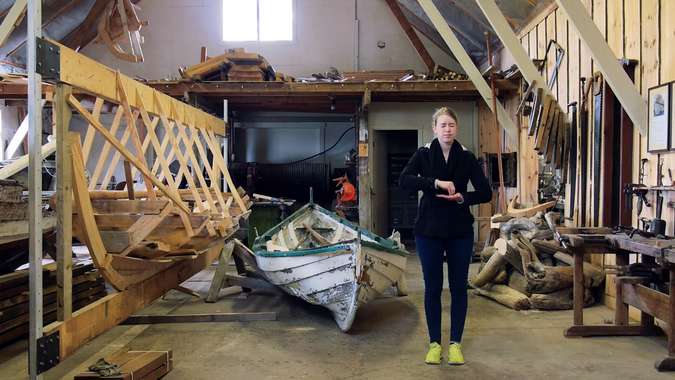
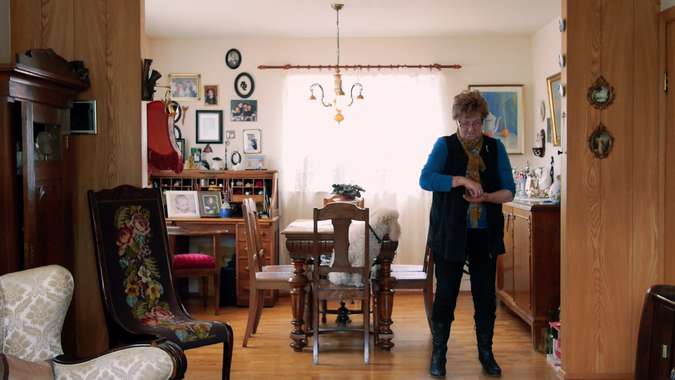






10 years, 7 months ago
Best wishes and lots of gratitude,
Troels Primdahl